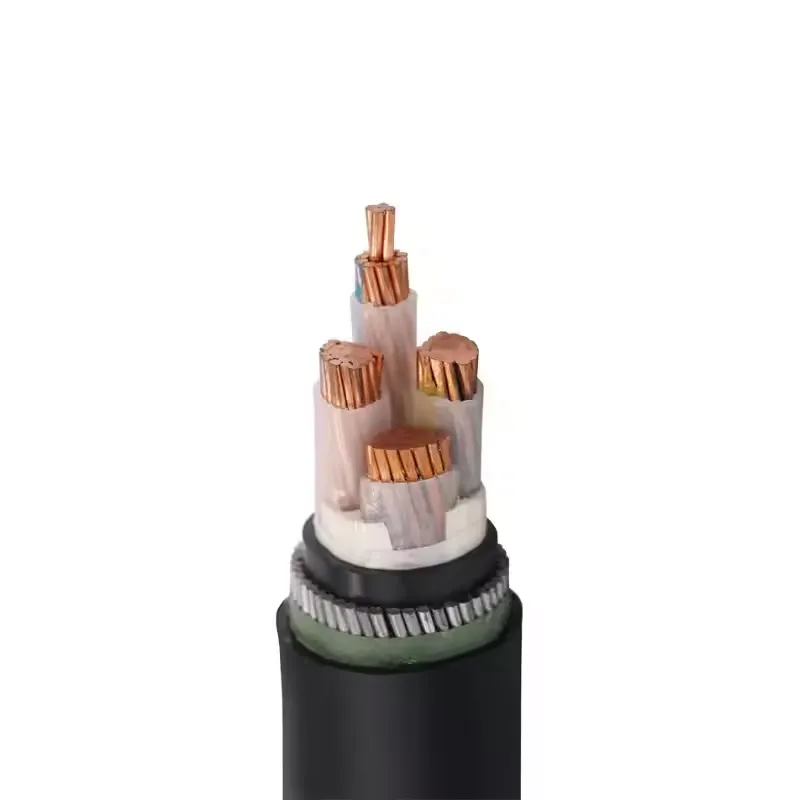Time: 2025-05-07 00:55:13 Source: Henan Province Jianyun Cable Co., Ltd.
In electrical installations, choosing the appropriate armored cable is crucial for ensuring safety, durability, and performance. Two commonly used armored cables are:
Understanding the differences between these two types of cables is essential for selecting the right one for specific applications.

The mechanical properties of SWA and STA cables differ due to their distinct armoring materials.
The choice between SWA and STA cables depends on the specific requirements of the installation environment.
Generally, STA cables are more cost-effective due to the simpler manufacturing process and lower material costs associated with steel tapes. SWA cables, while more expensive, offer enhanced mechanical protection, justifying the higher cost in demanding applications.
| Feature | SWA Cable | STA Cable |
|---|---|---|
| Armour Material | Galvanized Steel Wires | Galvanized Steel Tapes |
| Mechanical Strength | High | Moderate |
| Flexibility | Low | High |
| Installation Environment | Outdoor, Underground, Industrial | Indoor, Control Systems |
| Cost | Higher | Lower |
| Typical Applications | Power Distribution, Heavy Machinery | Instrumentation, Control Panels |
Selecting between SWA and STA cables hinges on the specific demands of the installation environment. SWA cables are preferable for settings requiring high mechanical protection, such as underground or industrial installations. Conversely, STA cables are suitable for indoor applications where flexibility and cost-effectiveness are prioritized. Understanding the distinct characteristics of each cable type ensures optimal performance and safety in electrical installations.